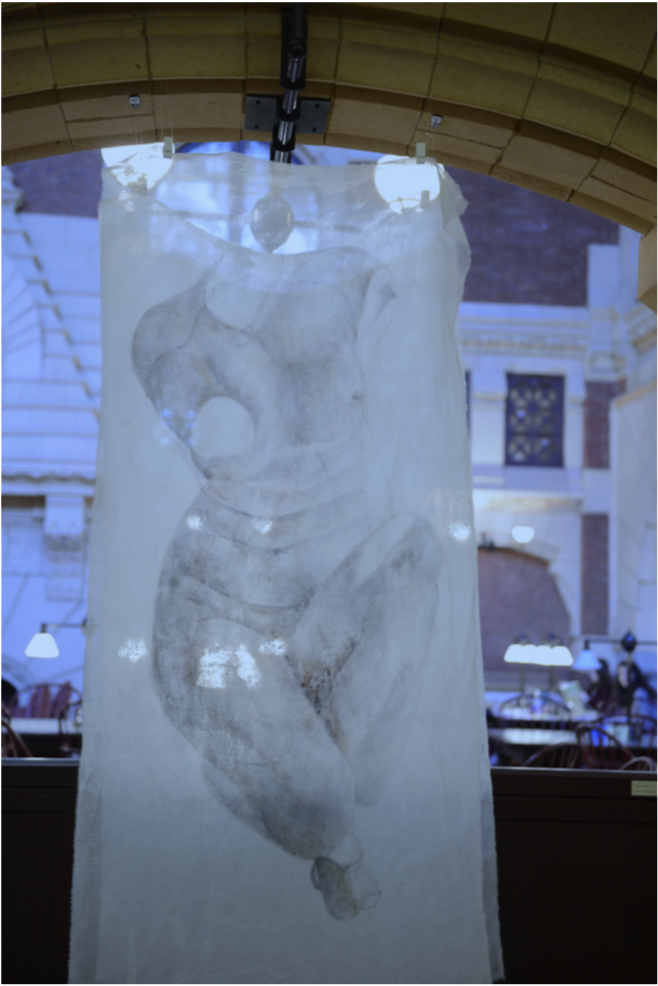
RODIN: A FASCINATION WITH THE FRAGMENTARY
Fragmentary art, works of material culture that are incomplete physically and contextually, or works of art that are abandonedin the process of their creation, have entranced viewers for thousands of years. The prolific nineteenth-century French artist Auguste Rodin (1840-1917) is well-known for his revolutionary sculptures that actively and radically employ the fragmentary form. However, Rodin’s interestand consumption of fragmentary art extends far beyond his most famed sculptures. A little examined series of works created by Rodin at the end of his life offer insight into understanding the multi-faceted relationship between fragmentary art and the viewer. Rodin produced a series of experimental sculptural works between the years 1895-1910 known as the Assemblages. The twenty-eight sculptures in the series are constructed from collected fragmentary ancient vessels and Rodin’s own non-finito figural plaster casts. These objects serve as microcosms for considering Rodin’s viewing, collecting, and making relationship to the fragmentary, in terms of both incomplete and unfinished works of art.

 Visual Studies
Visual Studies